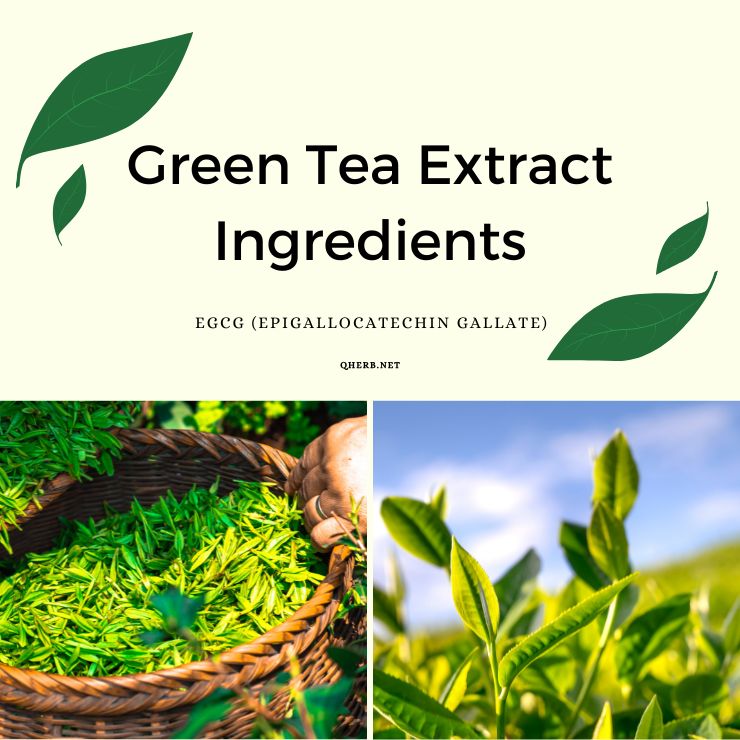Unlocking the Health Benefits of Green Tea Extract: The Importance of EGCG and the Differences Between Chinese and Indian Varieties
Green Tea Extract Ingredients: A Natural Way to Boost Your Health
Green tea has been used for centuries in traditional medicine for its numerous health benefits. It is rich in antioxidants, which help to protect the body against damage from free radicals, and has been shown to boost metabolism and aid in weight loss. Green tea extract is a concentrated form of green tea that can be used in supplements and other products to provide these benefits in a more convenient form.
Why EGCG is so essential in Green tea extract
EGCG (epigallocatechin gallate) is one of the most critical components of green tea extract ingredients because it is a powerful antioxidant that has various health benefits. EGCG belongs to a group of polyphenols called catechins, which are present in high concentrations in green tea. Studies have shown that EGCG has anti-inflammatory, anticancer, and anti-obesity effects. It has also been found to improve brain function, reduce the risk of heart disease, and increase insulin sensitivity. Additionally, EGCG has been shown to benefit the gut microbiome, which plays a vital role in overall health. EGCG is a critical ingredient in green tea extract that offers many health benefits.
What is the difference between green tea extract between China and India?
Green tea extract can be produced in both China and India, and the differences may depend on factors such as the type of tea plant used, growing conditions, and processing methods.
China is one of the world’s largest producers of green tea, and it has a long history of cultivating and producing green tea. Chinese green tea is often characterized by its delicate flavor and aroma, and it is typically made by pan-frying the leaves to stop oxidation. Chinese green tea extracts may contain a variety of catechins and other polyphenols, including EGCG, which have been shown to have a range of health benefits.
India is also a significant producer of green tea, with most of its production centered around the Darjeeling region. Indian green tea is known for its robust and bold flavor and is often produced using the conventional method, which involves rolling and crushing the leaves to promote oxidation. Indian green tea extracts may contain a different combination of catechins and polyphenols than Chinese ones, but they can still offer a range of health benefits.
In summary, while the differences between Chinese and Indian green tea extracts may vary, both can provide health benefits and are popular options for those looking to supplement their diet with green tea extract.

Comments
Post a Comment